Whether you’re a self-published author with titles on Amazon or selling a non-fiction book on your website, product pricing is a major component of your marketing plan and income projections. I’m guessing you’ve spent a lot of time considering price point tactics. But let’s face it, the cost of ebooks – both theory and advice – is all over the board. What’s an author to do?
Per Kobo’s Mark Lefebvre, the move away from $1.99 is clear
Publisher’s Weekly ran an article about Kobo Writing Life (KWL) that included a great sound bite about ebook pricing trends from Mark Lefebvre, Director of Self-Publishing and Author Relations. Per Lefebvre, the $1.99 price point is “dead … not just for us, but also, it seems, on other platforms,” pointing out that 99¢ KWL titles sell twice as many copies as those at $1.99, and that “$2.99 sells more than four times more.” Authors most often start at $2.99 “and walk the prices up,” he said. About 80% of the KWL titles that sell consistently are priced in the $2.99–$5.99 range, and he also pointed to “a bit of a lift in the $7.99–$9.99 price range.”
When you’re deciding on a promotional plan, remember that KWL allows authors to give away titles for free. Authors can distribute to Kobo via Smashwords or publish directly on the KWL platform.
Note this important takeaway: “A low price point may be a hook, but it’s the quality of a work that attracts readers, not the price.”
Per Smashwords’ Mark Coker, authors may be underpricing
Smashwords CEO Mark Coker’s May 2013 Booklovers Convention presentation revealed important points gleaned from his platform’s data. In the presentation he ponders the question, “… is $3.99 the new $2.99?” noting there are “fewer titles to compete against at $3.99, and authors appear to pay no penalty in terms of sales volume.” Per Coker, “I see untapped opportunity [at the $3.99 price point], where indies may be able to raise prices but not suffer unit decline.” He concludes “some authors are underpricing.” Smashwords data also reveals …
- $.99 remains popular, but shows a big drop compared to their 2012 study.
- $.99 to $1.99 underperforms in terms of earnings. (Per Coker, $1.99 is “a black hole.”)
- $2.99 is the most common price point with indies.
- $2.99 to $6.99 is the sweet spot for maximum earnings.
- Indies have virtually abandoned the $9.99 price point compared to 2012’s study.
Note this important takeaway: “Data-driven publishing decisions are irrelevant without a great book. Write the greatest masterpiece you can, and then review the data for ideas that at best might enable you to add incremental improvements to reader enjoyment, accessibility, and word-of-mouth.”
Per author Cheryl Bradshaw, ditch “free” and go with 99 cent promotions
So what’s up with free ebook giveaways? According to author Cheryl Bradshaw, it’s time to leave Amazon’s KDP Select program. “At some point Amazon started changing their algorithms,” she says. “This meant when a book came off the free list, instead of seeing a huge spike (a lower book ranking) as well as a nice increase in book sales, it wasn’t happening … to the extent I’d grown accustomed to, [and] recently I’ve been seeing a meager spike, fewer sales. Maybe short-term, maybe forever, but for me it means it’s time to try something different. In my opinion, a .99 promotion (not all the time, just as a sale) is the sweet spot right now.”
Per Joe Konrath, the case for $3.99 is strong
In February 2013 Joe Konrath wrote, “I have my novels priced at $3.99, my novellas and short story collections at $2.99, my trilogy sets at $9.99, and short stories at 99 cents.”
Bottom line: There is no one “right” pricing strategy
Miral Sattar, CEO of BiblioCrunch, outlined a trio of author’s pricing strategies in an article published by PBS online. In her final words she notes, “The important thing to remember is no pricing strategy will work if your book isn’t in its best shape. This means having a well-edited, error-free book, an eye-catching cover, and selecting the right categories for discovery.”
Based on the information above, my conclusion regarding sales strategy might not be earth-shattering news, but here it is, and this will be my strategy in the coming year:
- Avoid the $1.99 price point entirely!
- Price previously released (backlist) ebooks at $3.99.
- Scheduling regular .99 cent promotions can help maintain sales of the entire line.
- Pricing newly-released titles higher for a limited period after their initial launch can work well for authors with a loyal readership.
- Most importantly, no pricing strategy will sell a poorly-written, proofed and edited book.
Note from Molly: Check out my novels on Amazon, join my Reader’s Club for freebies and book news, and follow me on Twitter. This original content is copyright protected. Thank you so much. Mwah!




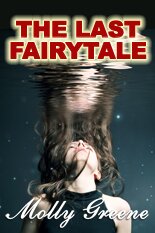


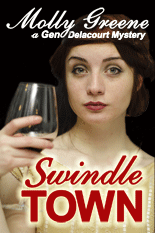
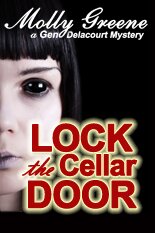
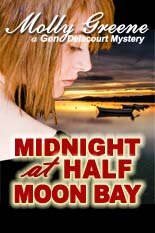
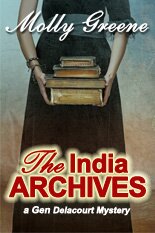

Comments are closed.